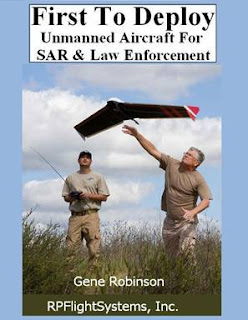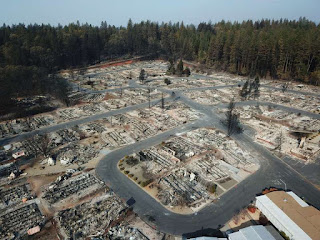This was a great excerpt from the book “First To Deploy –
Unmanned Aircraft for SAR and Law Enforcement” by Gene Robinson on level of
commitment.
Assembling a good UA team requires a commitment from several
different levels. Management, team members, and peers, all must commit to the
continued use and development of the UA as a tool to be integrated into
operations where it is appropriate. If management views the UA as a novelty,
only to be brought out during photo opportunities, then it will never see its
full potential as a lifesaving piece of equipment. If the UA team is not given
the support by management to continue training, develop and practice scenarios
in the field, and actually use the UA on a frequent basis, then they will never
be fully capable of acquiring or utilizing the valuable data the UA can
provide. Frankly, this level of commitment requires funds to pay the salaries
of those individuals who directly support and fly the UA. Maintenance and spare
parts are required to ensure the UA is 100% operational, 100% of the time. For
now, we have watched as unmanned aircraft have been relegated to part-time duty
with poorly trained personnel and several flights ending in a debacle. When the
time comes to really utilize the unmanned aircraft, the team is neither
comfortable nor capable with the unit and the missions have a low completion
rate.
First to Deploy by Gene Robinson is a guide to the emerging
technology of small unmanned aircraft systems (UAS), their capabilities, the
sensors they can carry, and the data they can collect. This book is a chronicle
of the development of a remotely piloted system and the migration to fully
autonomous aircraft for Search & Rescue/Recovery operations in the United
States. Unmanned aerial systems are reviewed from a standpoint of actual field
use, not theory. Several missions are detailed by the author and demonstrate
what has truly worked and the results that can be expected from a small
unmanned platform.
Does your organization display a solid level of commitment?
Pick up a copy here; Purchase






